With the kickoff of summer in full swing, it is an excellent time for all the family to get together, whether it be going on outings, picnics, BBQs, or playing with pets outdoors.
However, with so much food and drink flowing, pet owners are a little careless when it comes to feeding furry friends from their own plates.
Moreover, it is hard to resist those big eyes staring up at you who just want a bite of whatever you are having.
However, there are several human foods such as grapes, plums, onion, garlic, chocolate, alcohol, macadamia nuts, bacon, milk, and dairy products that you should never share with your canine, which can harmfully impact their health.
Their digestion works differently than human digestion, and some foods that are fine for us are not acceptable for dogs.
Keep reading to learn about the foods that are highly poisonous to your dogs.
8 Summer Food That You Should Never Share With Your Dogs
Keeping your dog cool, healthy, and content throughout summer becomes a priority for all pet owners.
However, it is essential to remember that some summertime foods are only suitable for humans, not dogs.
Treating your pet to an occasional bite of your food may be acceptable in some cases.
Let’s check out the eight summer foods you should not share with your furry friend.
1. Grapes
Grapes are highly toxic for dogs, regardless of breed, age, or gender.
The dogs cannot metabolize tannins, flavonoids, monosaccharides, and other toxic substances in grapes.
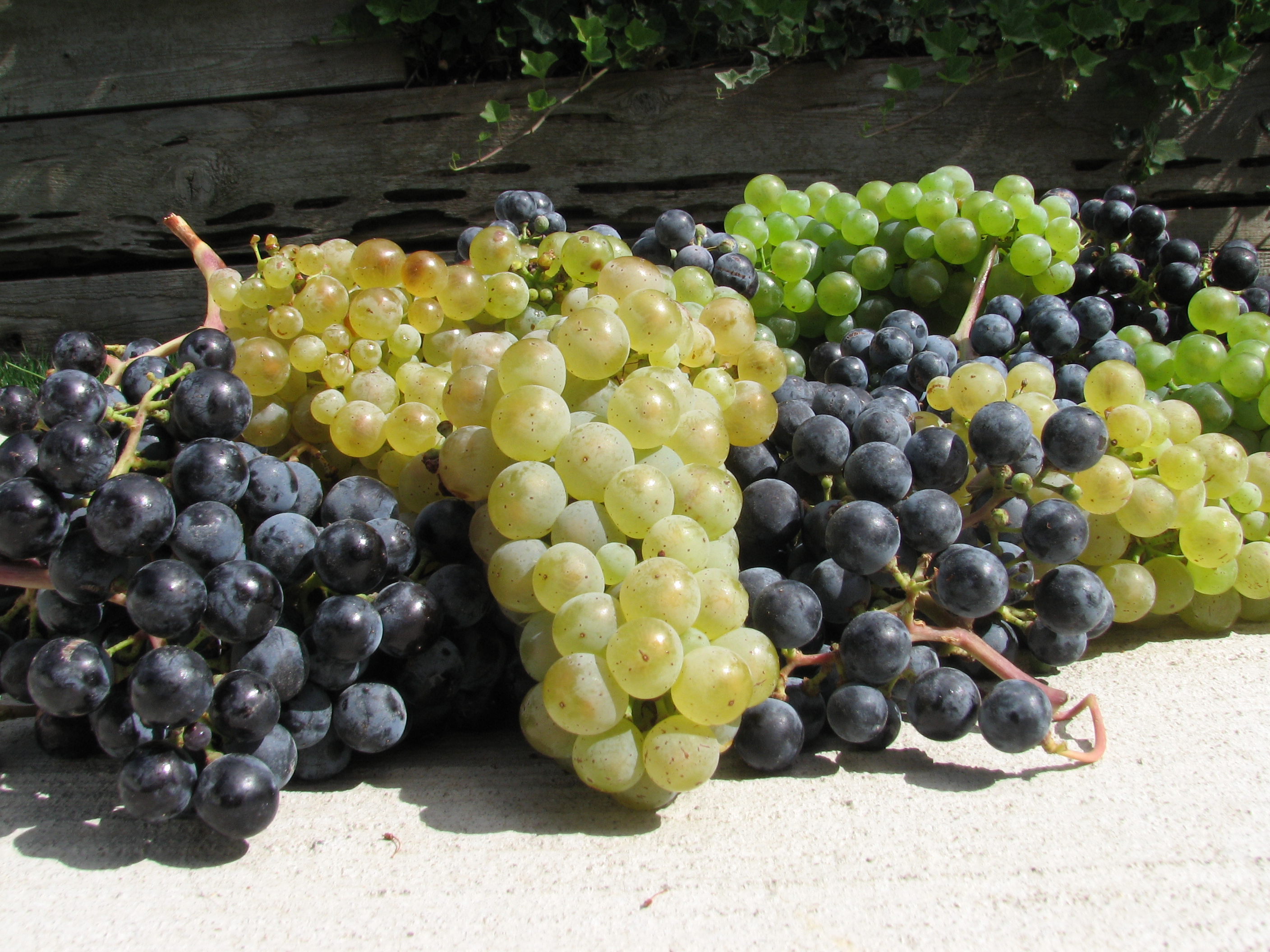
They should not be given any grapes, whether cooked, seedless, peeled, dried, or fresh, and even the grape products such as raisins, juices, jelly, or jam.
Unfortunately, even one grape/raisin toxicity can potentially lead to acute kidney failure and can even lead to being fatal.
Symptoms of Grape Poisoning in Dogs
- Vomiting
- Diarrhea
- Increased thirst
- Excessive urination
- Anorexia
- Dehydration
- Mouth ulcers
Contact your veterinarian as soon as possible if your dog accidentally consumes even tiny amounts of grapes.
The veterinarian will help your dog induce vomiting, which will aid in removing the grapes from the dog’s digestive system.
Additionally, your veterinarian would advise feeding your dog activated charcoal to lessen the amount of toxins absorbed in the intestines.
2. Plums
Unlike many other fruits, plums and peaches are one of several fruits that contain hydrogen cyanide, which is highly toxic to dogs.
The flesh of plums is safe for your dog to eat, but the rest of the fruit, including the pit, stem, and leaves, are highly toxic to dogs.
Consumption of plum pit, foliage, and roots can cause gastric irritation and induce respiratory discomfort.
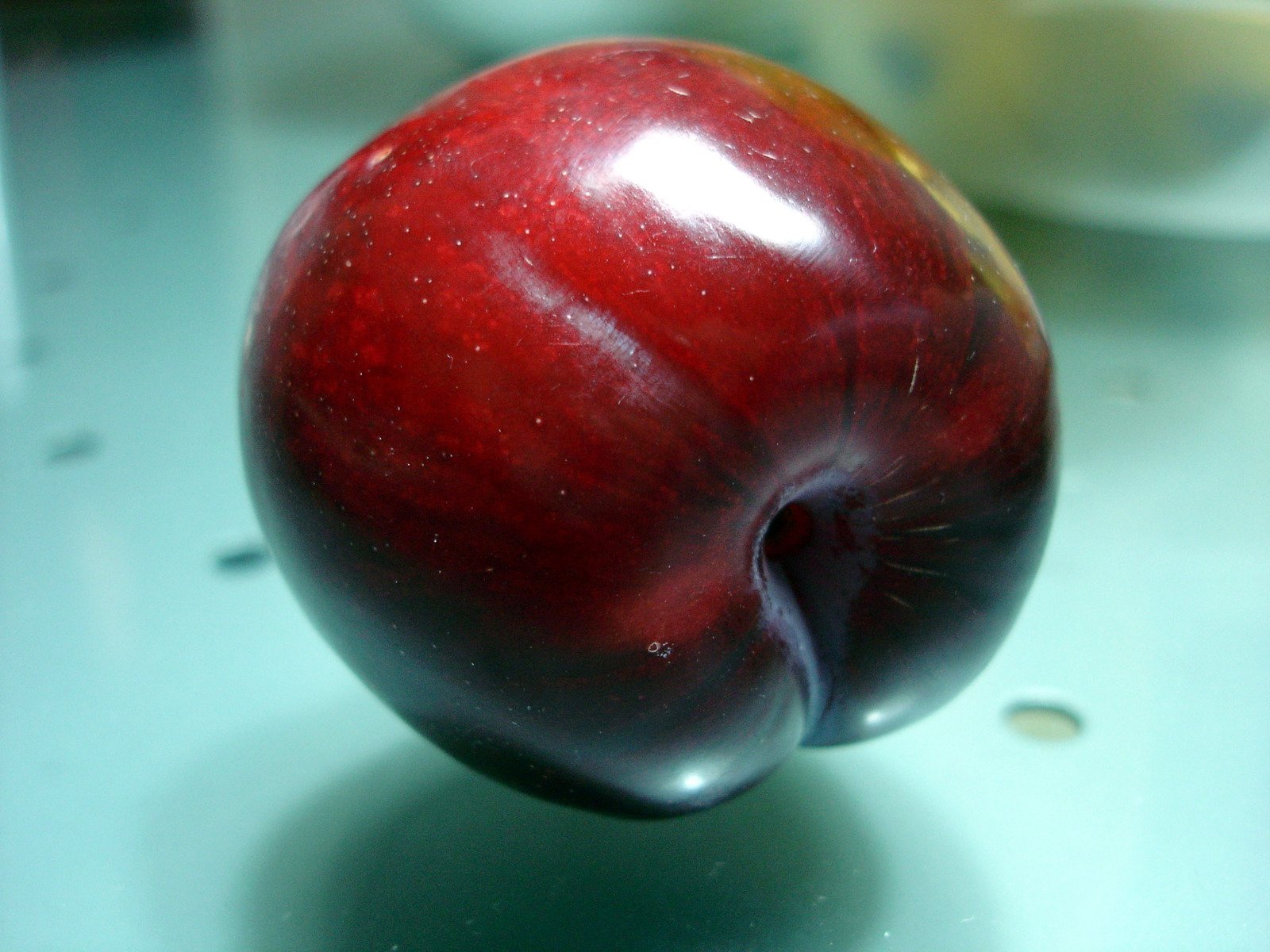
Similarly, several other toxic substances are found in the plum, such as amygdalin, prunasin, and cyanogen.
This can all cause symptoms similar to cyanide, which causes respiratory arrest by slowing down the oxidative process and destroying blood cells.
Symptoms of Plum Poisoning in Dogs
- Abdominal pain
- Bright red gums and mucous membranes
- Cardiac arrest
- Confusion
- Cough
- Difficulty breathing
- Diarrhea
- Fever
- Shivering and weakness
- Vomiting
- Swollen abdomen
If your dog managed to get his paws on a plum, stay calm and call your veterinarian.
Check for any plum remnants so you can tell your vet what parts of the plum your dog consumed.
This fruit, even its stems, is best left out of reach and away from your dogs.
If your dog generally likes fruit, a variety of safer treats might satisfy the urge. Consult with your veterinarian for a list of recommended pet-safe options.
3. Onions and Garlic
Onions and garlic can be ingredient staples of your favorite dishes. But think twice before letting your pet lick up your garlic and onion-based food from your plate.
The members of the allium family, giving onion and garlic to your dog can cause health problems. In severe cases, it can even kill your pet.
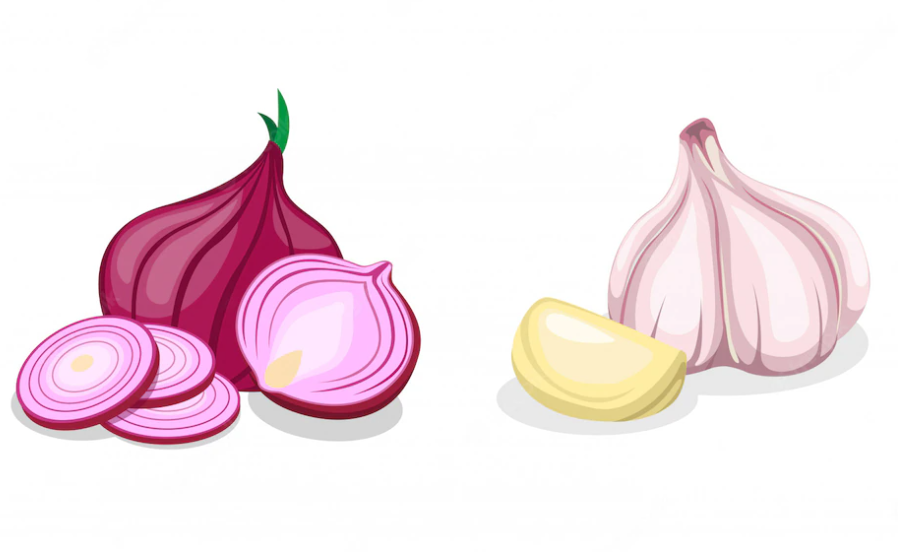
Onion and garlic contain a substance called thiosulphate, which dogs cannot properly digest. A build-up of thiosulphate can cause the red blood cells to rupture.
When enough red blood cells are destroyed, anemia occurs, and the body is starved of oxygen leading to a life-threatening condition.
A dog can experience symptoms if it eats more than 0.5% of its body weight in onions and garlic.
Symptoms of Onion and Garlic Poisoning in Dogs
- Lethargy
- Decreased appetite
- Discolored urine
- Pale gums
- Vomiting
- Rapid breathing
If you suspect your dog is eating garlic or onion, do not wait until you see symptoms in your dog. Getting treatment for your dog quickly as possible increases the chances they will recover completely.
It is also wise to keep garlic, onion, and other allium foods out of reach.
4. Chocolate
Chocolates are a delicious treat for humans, but it is not a suitable treat for dogs. It contains theobromine and caffeine.
Humans metabolize theobromine easily, but dogs cannot.
They digest theobromine and caffeine slowly, which allows these toxic compounds to build up in their bodies and cause clinical signs associated with chocolate toxicity.
However, the exact amount of theobromine in chocolate varies because of the natural variation of cocoa beans and variation within brands of chocolate products.
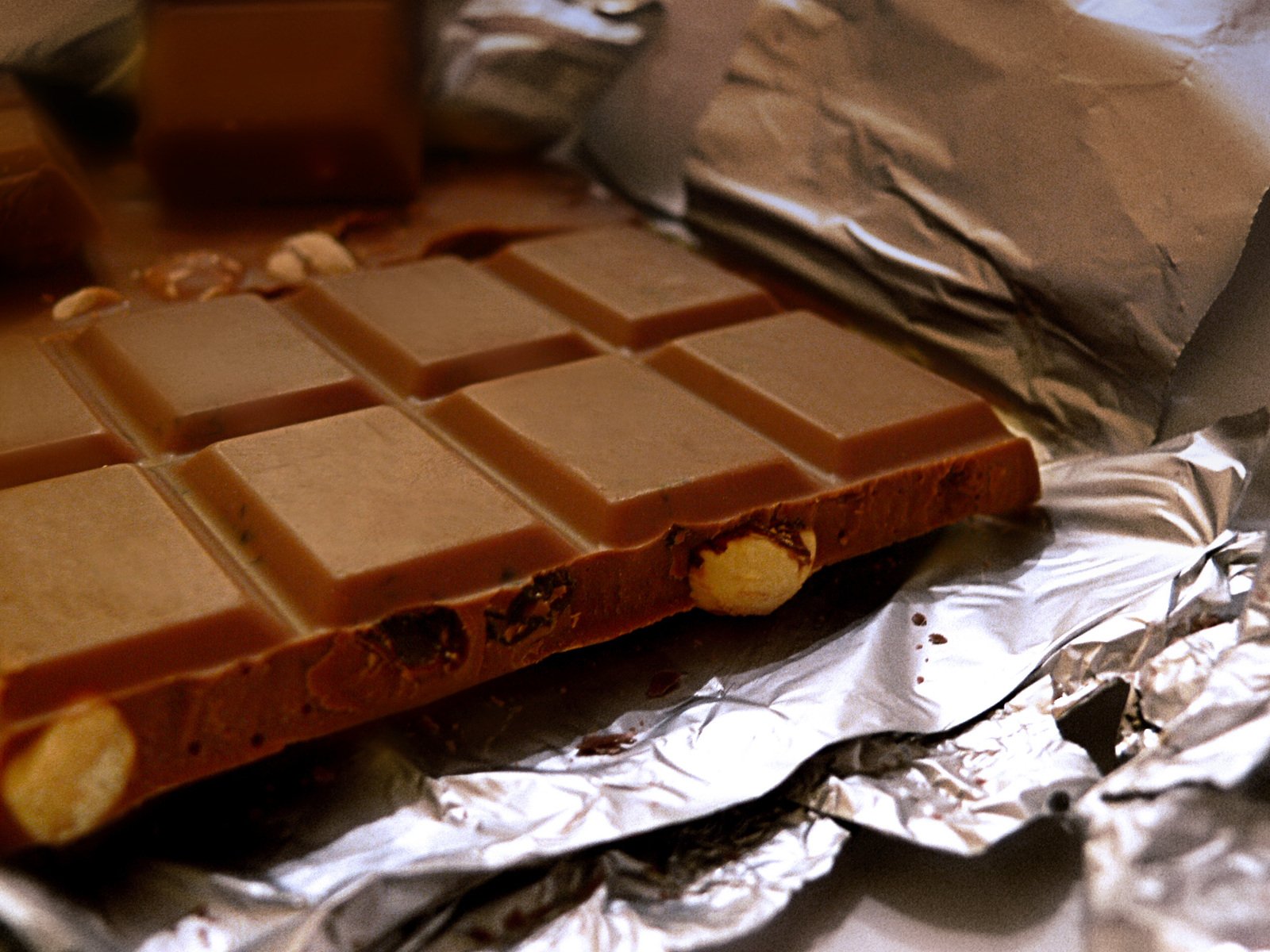
Dark and bitter chocolate is more toxic to dogs as it contains a higher concentration of theobromine per ounce, 130 to 450 milligrams per ounce.
Dogs start to show poisoning symptoms when they eat 20 mg of theobromine for every kilogram they weigh. These symptoms become severe at 40 to 50mg per kg.
Symptoms of Chocolate Toxicity
- Tremors
- Seizures
- Internal bleeding
- Irregular heart rate
- Muscle rigidity
- Low blood pressure
- Increased body temperature
- Weakness
- Vomiting
- Diarrhea
Never feed your dog any chocolate. However, accidents do happen. If your catch your dog consuming chocolate, do not wait to see if they develop any signs of toxicity.
Contact your veterinarian immediately. The sooner a dog is treated, it will likely recover without incident.
5. Alcohol
Dogs cannot drink alcohol, even the tiniest sip of alcohol could poison them.
According to American Kennel Club, dogs reported oral lethal dose is 5.5 to 7.9 g/kg of 100% ethanol. A milliliter of ethanol is equal to 0.789 grams.
Letting your dog drink alcoholic beverages, foods, or household products containing different forms of alcohol can lead to adverse conditions.
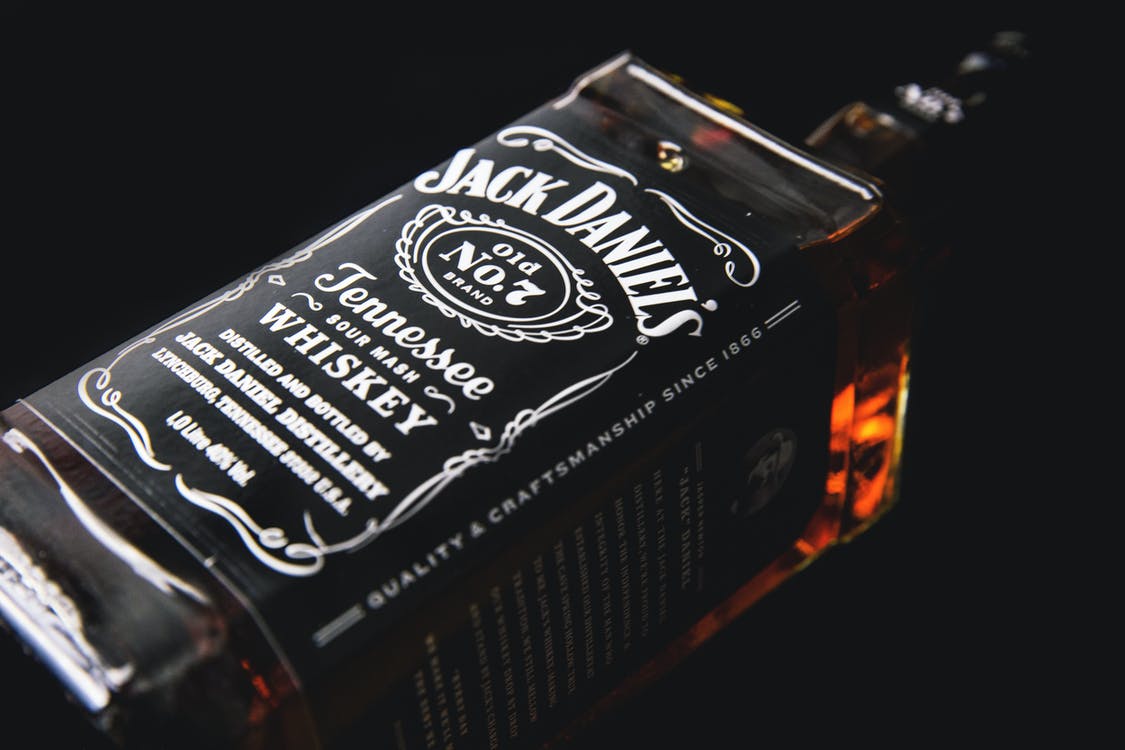
Alcohol can cause lethargy, respiratory depression, and dangerously low body temperature in dogs.
In most cases, if left untreated, alcohol intoxication in dogs can cause the failure of the organ systems and even death.
Common Symptoms of Alcohol Poisoning in Dogs
- Loss of coordination
- Vomiting
- Shaking while trying to walk
- Diarrhea
- Breathing problems
Keep your dog away from alcoholic beverages like beer, wine, hard liquor, and food items that contain alcohol.
Safely store household products, such as hand sanitizers, disinfectants, sprays, detergents, shampoos, and other products containing alcohol.
Despite your best precautions, if your dog somehow drinks alcohol, the first thing you should do is alert your vet.
Depending on the amount of alcohol consumed, the vets might advise you to take your dog in for a checkup immediately. Others may suggest waiting to see if your dog has any reaction.
Check this infographic out for more information.
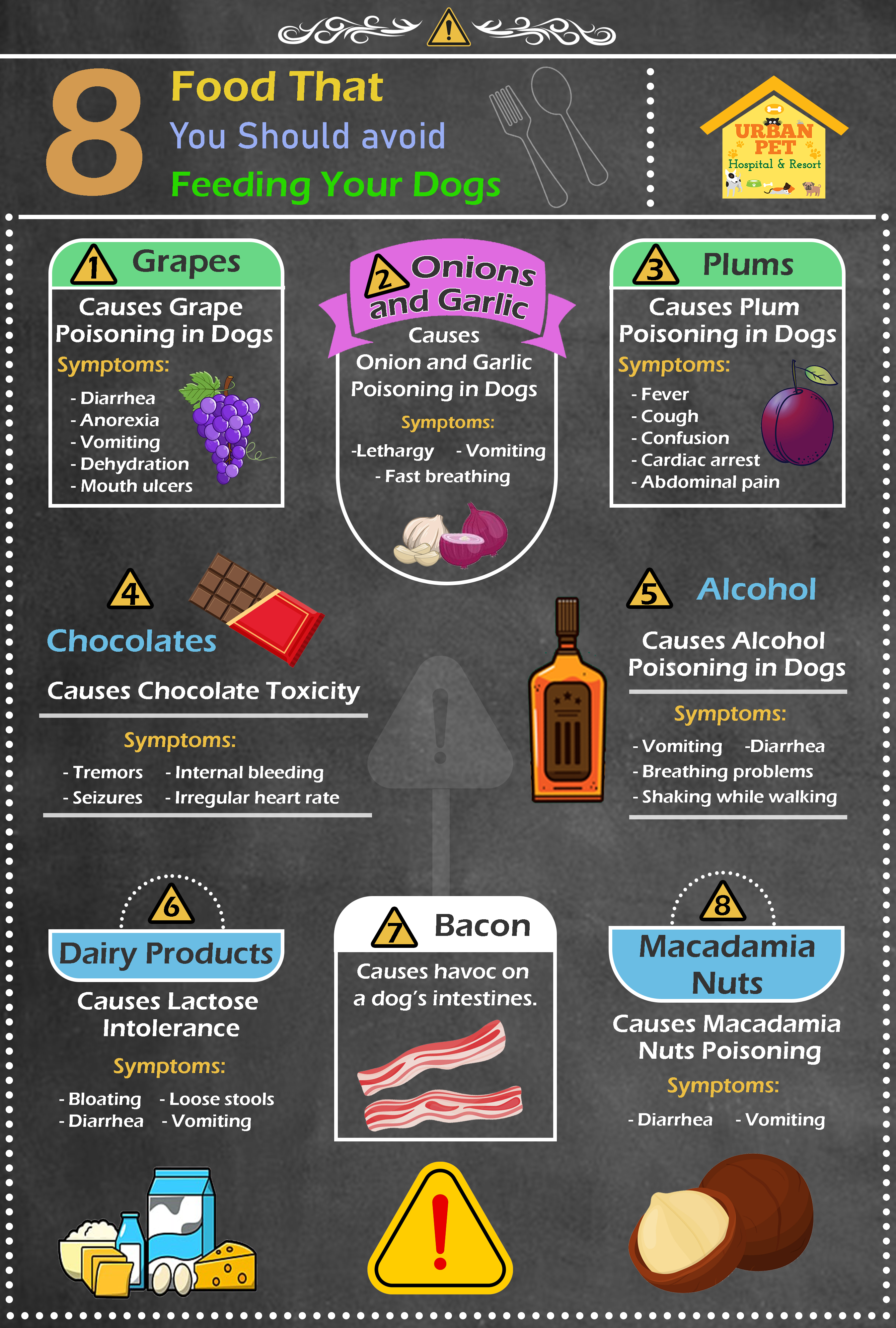
6. Milk and Other Dairy Products
It depends. Similar to humans, dogs can suffer from lactose intolerance.
Lactose intolerance is mainly the absence of the beta-lactamase enzyme, which assists in the breakdown of sugar found in milk.
Without this enzyme, undigested sugar accumulates in the intestines, causing vomiting and diarrhea.
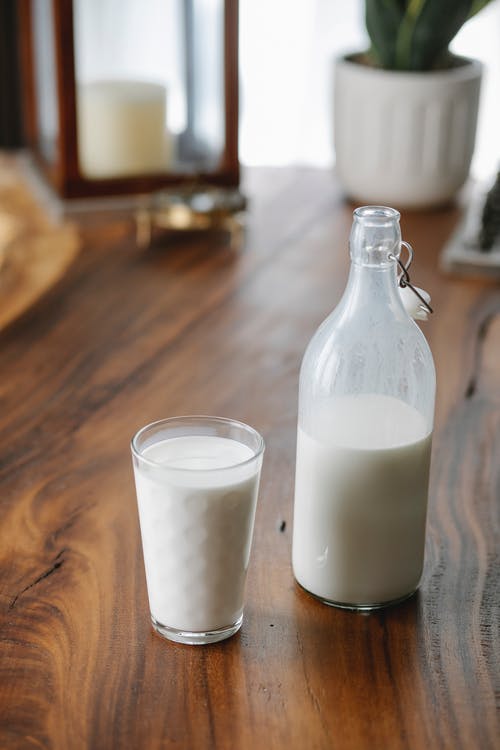
Most of the time, a little bit of milk will not be harmful or toxic.
Although drinking milk is not toxic, it can lead to several severe issues in the future. Many dogs have some degree of lactose intolerance, making it difficult to digest dairy products.
They can even face several health issues if they drink milk or eat dairy products in high quantities or over a long period.
Symptoms of Lactose Intolerance
- Bloating
- Loose stools
- Diarrhea
- Vomiting
- Abdominal pain
- Gastrointestinal
Avoid feeding your dog milk and dairy products if they are lactose intolerant. If your dog has eaten dairy products and is showing symptoms of lactose intolerance, contact your vet immediately.
7. Macadamia Nuts
Macadamia nut trees are a member of the Proteaceae family, a group of flowering trees. Dogs cannot safely eat macadamia nuts.
According to research, dogs have shown signs after ingesting 2.4 g of macadamia nuts/kg body weight. Dogs experimentally dosed with commercially prepared macadamia nuts at 20 g/kg developed clinical signs within 12 hours.

Macadamia nuts can be found in cakes, cookies, candy, and as the whole nut.
In fact, they are regularly cited as one of the most toxic foods for dogs. Therefore, make sure to avoid any situations where your dog might be able to sneak in some macadamia nuts.
Symptoms of Macadamia Nuts Poisoning in Dogs
- Weakness in the back legs
- Vomiting
- Diarrhea
- Fever
- Inability to walk
- Tremors
Prevention is the best way to manage macadamia nut poisoning.
Keep macadamia nuts and any products that contain macadamia, like chocolate-covered macadamia nuts, trail mix, and macadamia nut cookies, out of your dog's reach.
However, if you suspect your dog has managed to eat some macadamia nuts, keep a very close lookout for some of the symptoms that might indicate your dog has become sick.
Contact your veterinarian immediately if you find your dog showing symptoms.
8. Bacon
As a small treat in moderation, bacon is fine for most dogs. Bacon is typically considered unhealthy because it contains a lot of salt and fat.
Giving bacon to your dog, especially in large quantities, might put your dog at serious health problems.
A large amount of bacon contains a life-threatening combination of preservatives, high sodium, and high fat that may cause havoc on a dog’s digestive system.
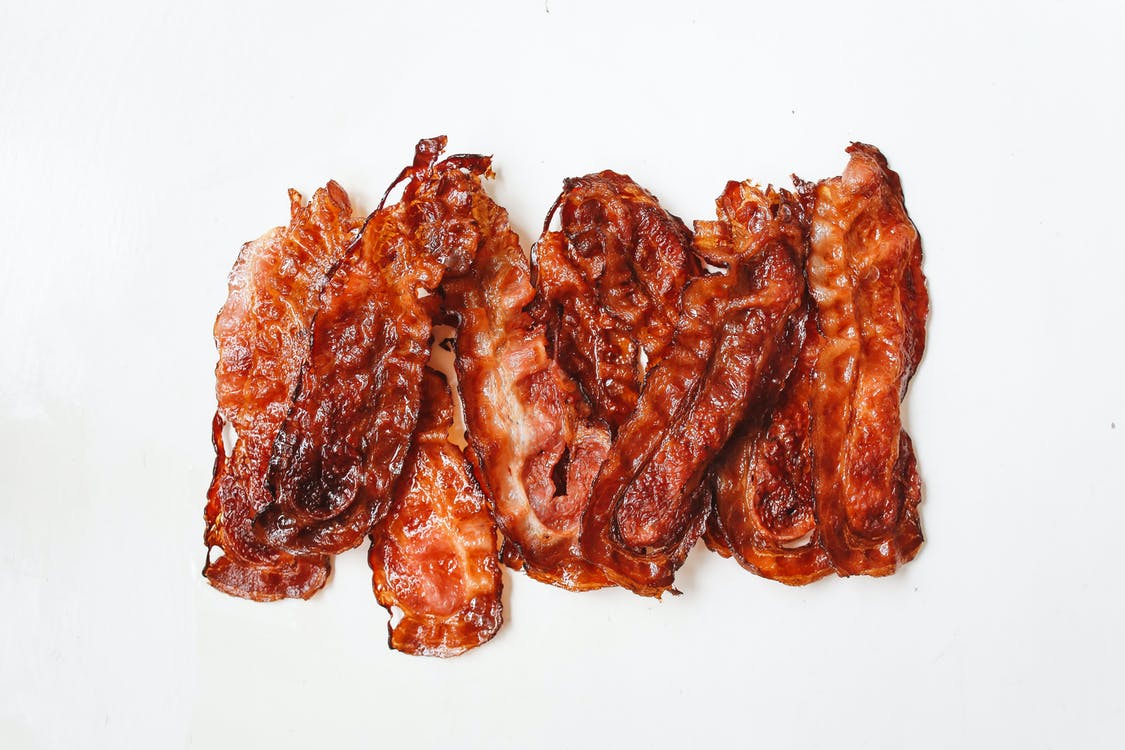
They cannot digest large amounts of processed meat.
The following are the risks you should be considered if your dog consumes large amounts of bacon.
- Bacon grease can also clog your dog’s arteries.
- Risk for obesity
- Prone to developing joint and mobility issues such as osteoarthritis
- Diabetics
- An upset stomach can develop, resulting in signs such as nausea, vomiting, diarrhea, and abdominal pain
- Pancreatitis
- High sodium content in bacon can increase thirst
If your dog tolerates bacon and shows no symptoms of gastrointestinal upset, you may feed it in small amounts depending on your dog’s weight.
However, call your veterinarian immediately if you suspect your dog may have ingested too much bacon.
Knowing how much bacon your dog ate will be helpful for your vet for further treatment.
Conclusion
Although sharing your food with dogs can be tempting, many food items can cause more harm than good.
Instead, give your pet a special treat or chew made specifically for your pet. If not, stick to a diet approved by your vet.
If you suspect your dog has ingested any harmful food or substance, get in touch with Urban Pet Hospital & Resort, the best pet hospital in Urbandale.